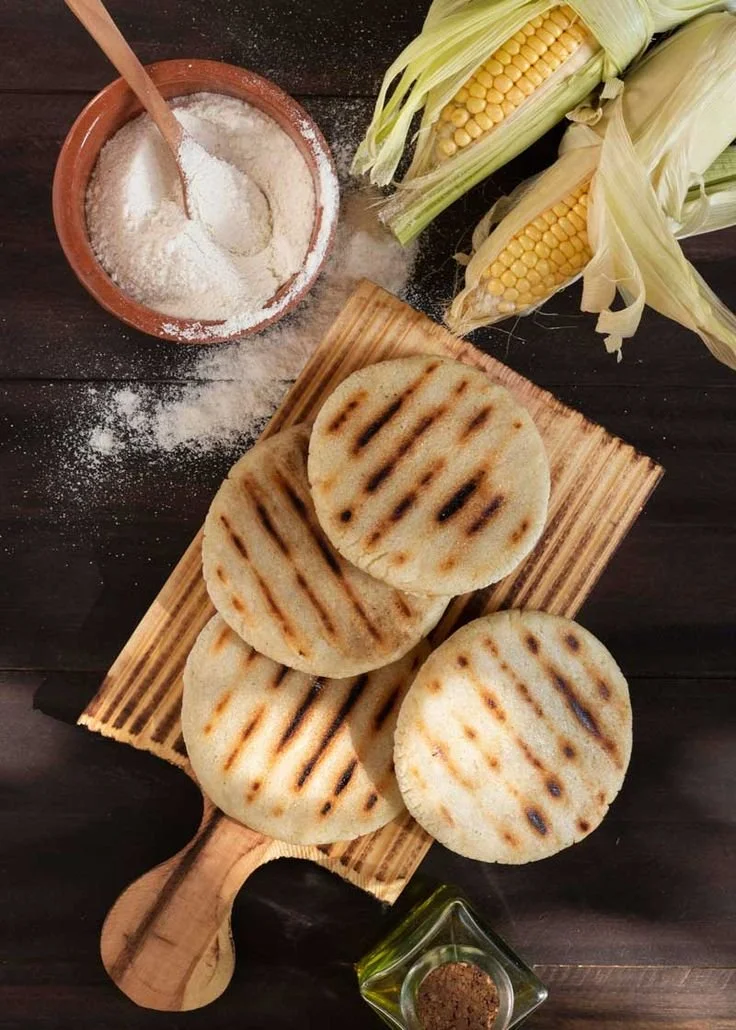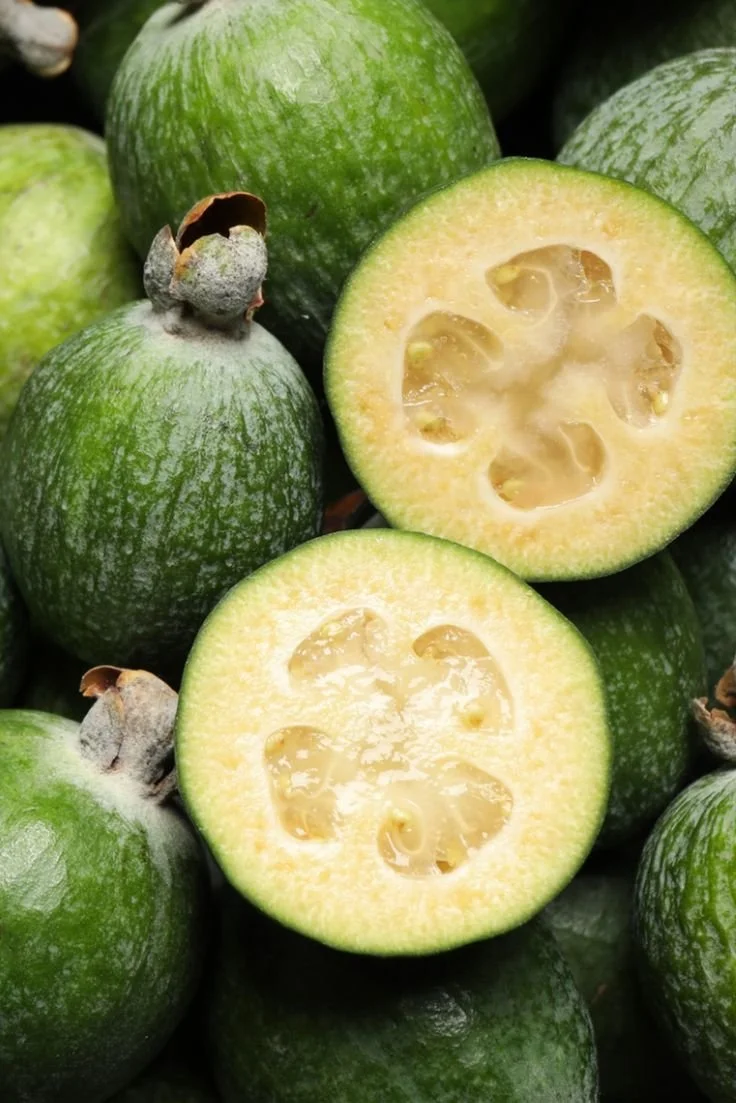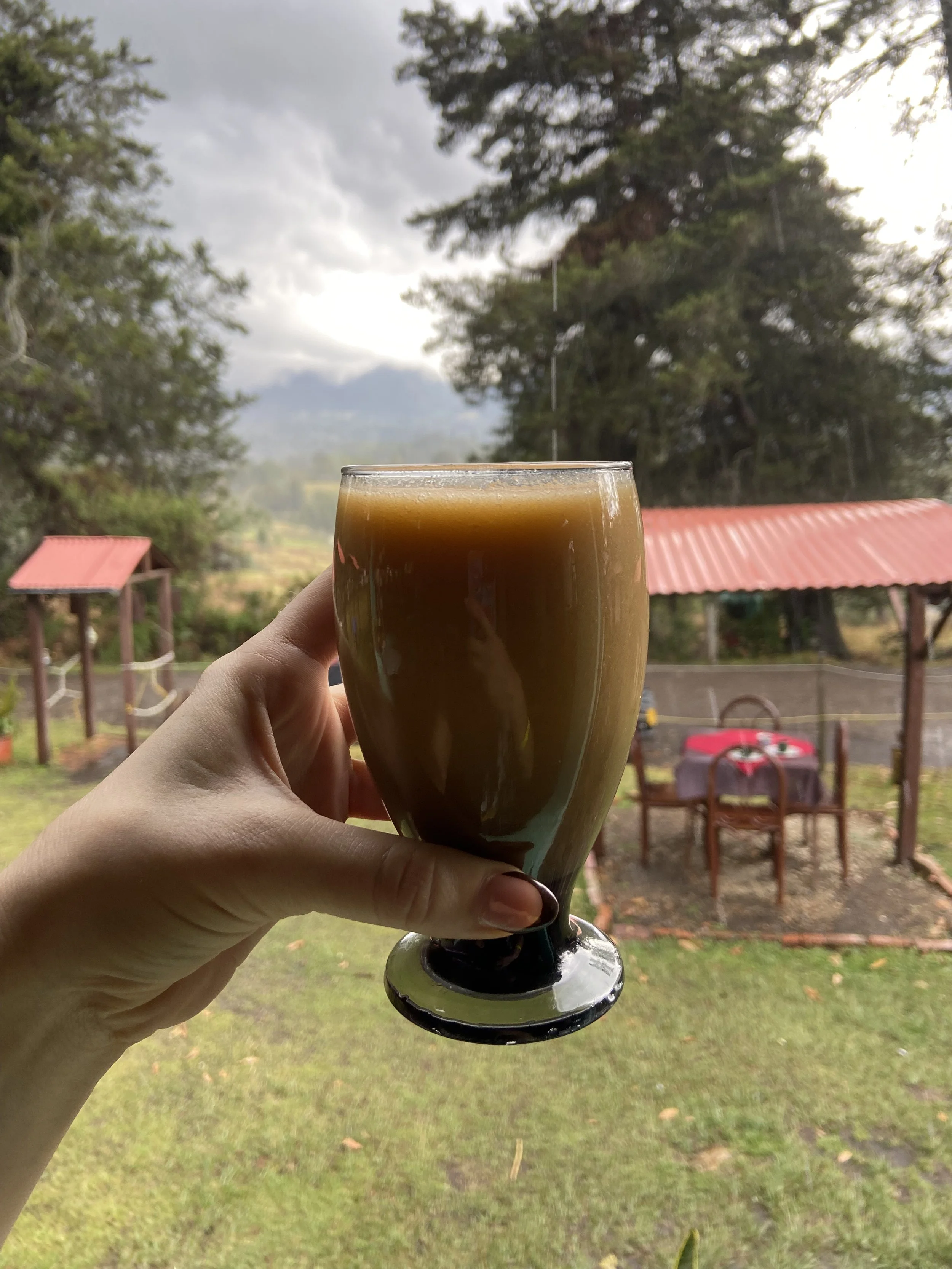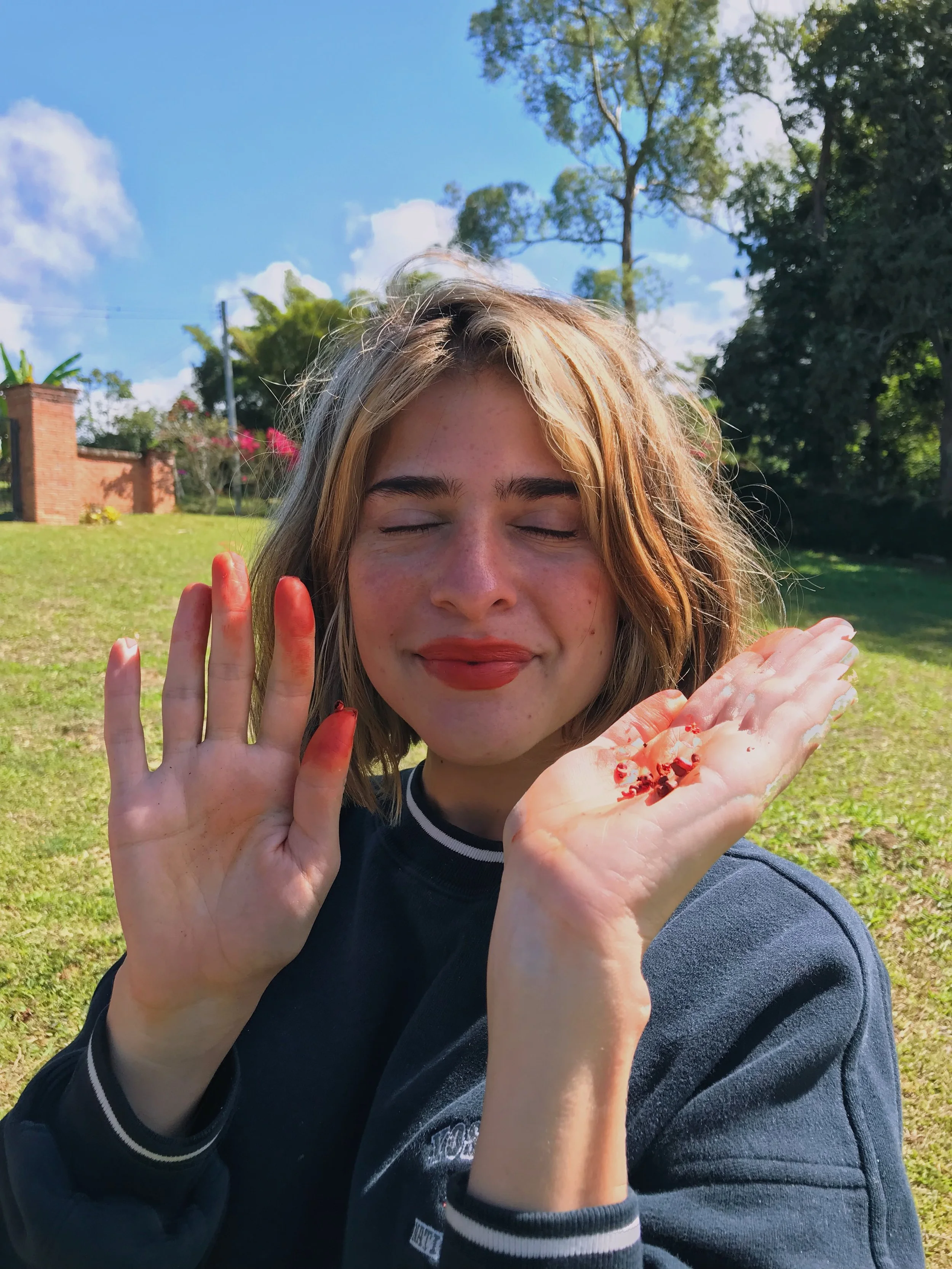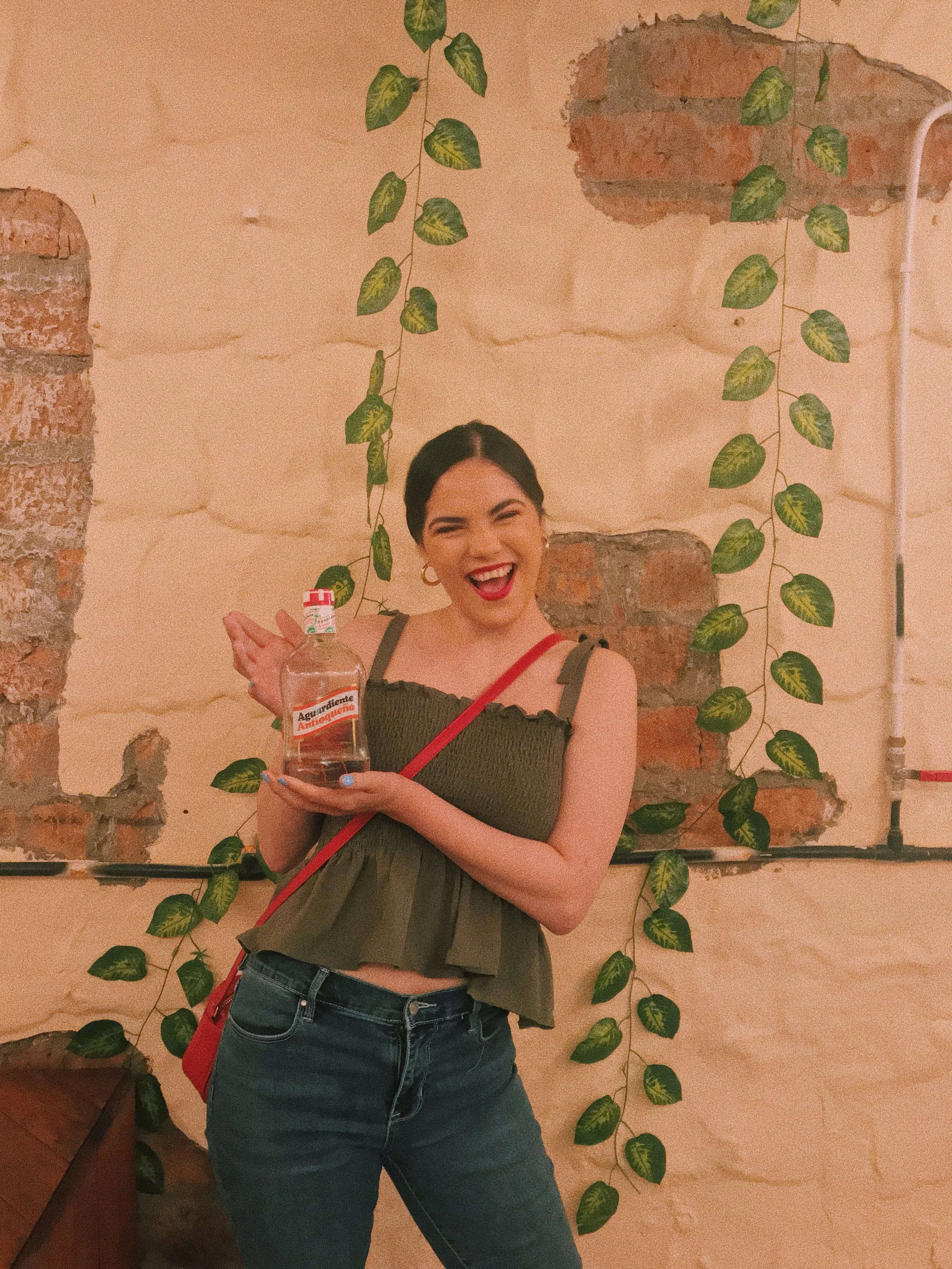THANK YOU 3
HI ANGEL!
Your payment was received, yay! Let’s dig into one of my favorite topics... FOOD.
Colombia is one of the most biodiverse countries in the world. You can see this incredible diversity reflected in everything—including its food. Colombian cuisine is a fascinating mix of indigenous, European, and Afro-Caribbean influences, shaped by the country’s six main culinary regions: Insular, Caribbean, Pacific, Andean, Orinoco, and Amazonian.
Before European conquest, two major indigenous groups shaped the culinary traditions here: the Tairona, who lived along the Caribbean coast, and the Muisca, who called the highlands home (we wrote about them in last month’s payment confirmation.) Today, Colombian dishes vary widely depending on the region, but some staples unite them all. You’ll find ingredients like rice, maize, potatoes, cassava, legumes, a variety of meats, fresh seafood, and an abundance of tropical fruits in kitchens across the country.
THE AREPA
We will visit two departments, Cundinamarca where Bogotá is located and Boyacá where we will visit Villa de Leyva. In both places sooner rather than later we will try an arepa, made from ground corn, which is one of the oldest cooked dishes in Colombian cuisine and a popular modern dish. There are so many kinds of arepas: The arepa boyacense, a semi sweet arepa stuffed with cuajada (cheese), arepa de Chócolo, made with ripe corn grain, arepa Paisa, the simplest arepa made with butter, salt, and white corn flour and so, so many more. Like more than 149 types of arepa in Colombia and Venezuela alone.
THE AJIACO
In Bogota the best well known dish is the ajiaco, a chicken soup with three different types of potatoes, herbs, corn and served with capers, avocado and cream. In Boyacá we will try different soups such as the cuchuco de trigo con espinazo (Bulgar wheat and pork spine soup), Mazamorra chiquita (little mazamorra soup) and cocido boyacense (boyacense soup). If none of this sounds amazing, don’t worry, there will be plenty of other delicious options.
TO WASH IT ALL DOWN
On a per capita basis, Colombia is one of the world's largest consumers of fruit juices, consuming on average more than three-quarters of a serving each day. We love fruits and juices more than most, from the coastal caribbean to Bogotá’s Andes mountains. And we have some amazing fruits… Granadilla, Tomate de Arbol, Feijoa, Guanabana, Lulo, and so much more.
Taylor, a past traveler angel, opening a granadilla with her head
Feijoa, my fav
Tomate de Arbol juice after a hike!
Using achiote seeds as blush on my grandma’s farm!
My angel Yessenia on our Medellin trip with Aguardiente
Other drinks are: Aguapanela, made by dissolving panela, which is unrefined cane sugar, in water. Lime juice may be added for flavor… The energy from the natural sugar in this means my mum would give it to my brother for his tennis matches instead of gatorade.
Chocolate caliente, or Colombian hot chocolate with cheese (you melt the cheese into the chocolate!), Salpicón (which literally means large splash) is made from diced fruit and soda, usually Colombiana or any Kola flavoured soda. Aguardiente is an alcoholic drink derived from sugarcane and flavoured with anise. It is widely consumed at Colombian parties and ranges in potency from 20% to 40%… Yes we can absolutely try some.
Chicha, one of my favorite subjects- a forbidden strong alcoholic beverage originally made by the Indigenous peoples of the Andes. The ancient way: The women chewed the corn and spat the mash into a clay bowl to start the fermentation initiated by their saliva. They then buried the covered bowl underground to keep it cool. Unearthed about two weeks later, it contained the thick yellowish, mildly alcoholic concoction. Only wise women could chew the chicha, because it was believed they would pass their wisdom into the drink.
Now, it can be prepared from virtually everything but is typically made from corn. The corn is cooked and grounded with panela, which is later wrapped in green plantain leaves and left alone for three days until fermented. It is later mixed with water and any chosen flavours, such as orange leaves or spearmint.
It was an incredibly important drink for Colombians, being seen as healthy, even, especially for laborers who did physical work all day since the drink is so heavy on carbs and sugars. But when Bavaria Brewery, started by a German immigrant in Bogotá, started serving German beer in Colombia, they decided to pathologize chicha. They used “scientific studies” and politicians to make chicha seem like it was “hurting the Colombian race”, that it made Colombians lazy, they even went so far as to name a (fake) disease after chicha. Obviously, there are serious racial undertones to the process of demonizing this Indigenous drink. This led to more beer sales and eventually the outlawing of chicha. Families had to brew chicha underground, preserving its history and tradition. The drink came back in the 80s and can now be sold in certain parts of Colombia… Though it is still illegal, so it cannot be mass produced, generations of chicha makers have kept the process alive.
We’re going to get so adventurous and truly deep dive into these dishes AND MORE. Cannot wait to travel with you!

